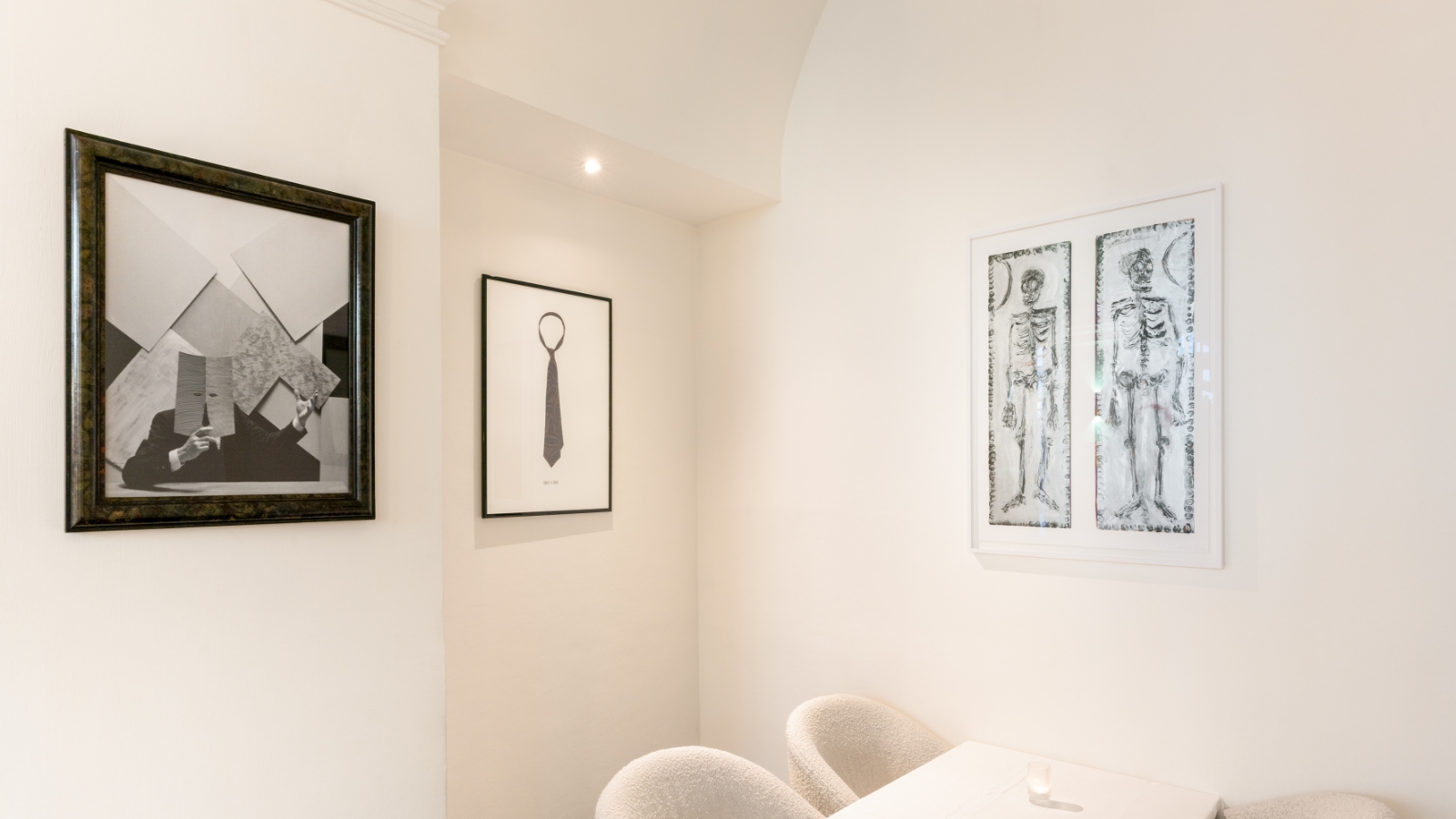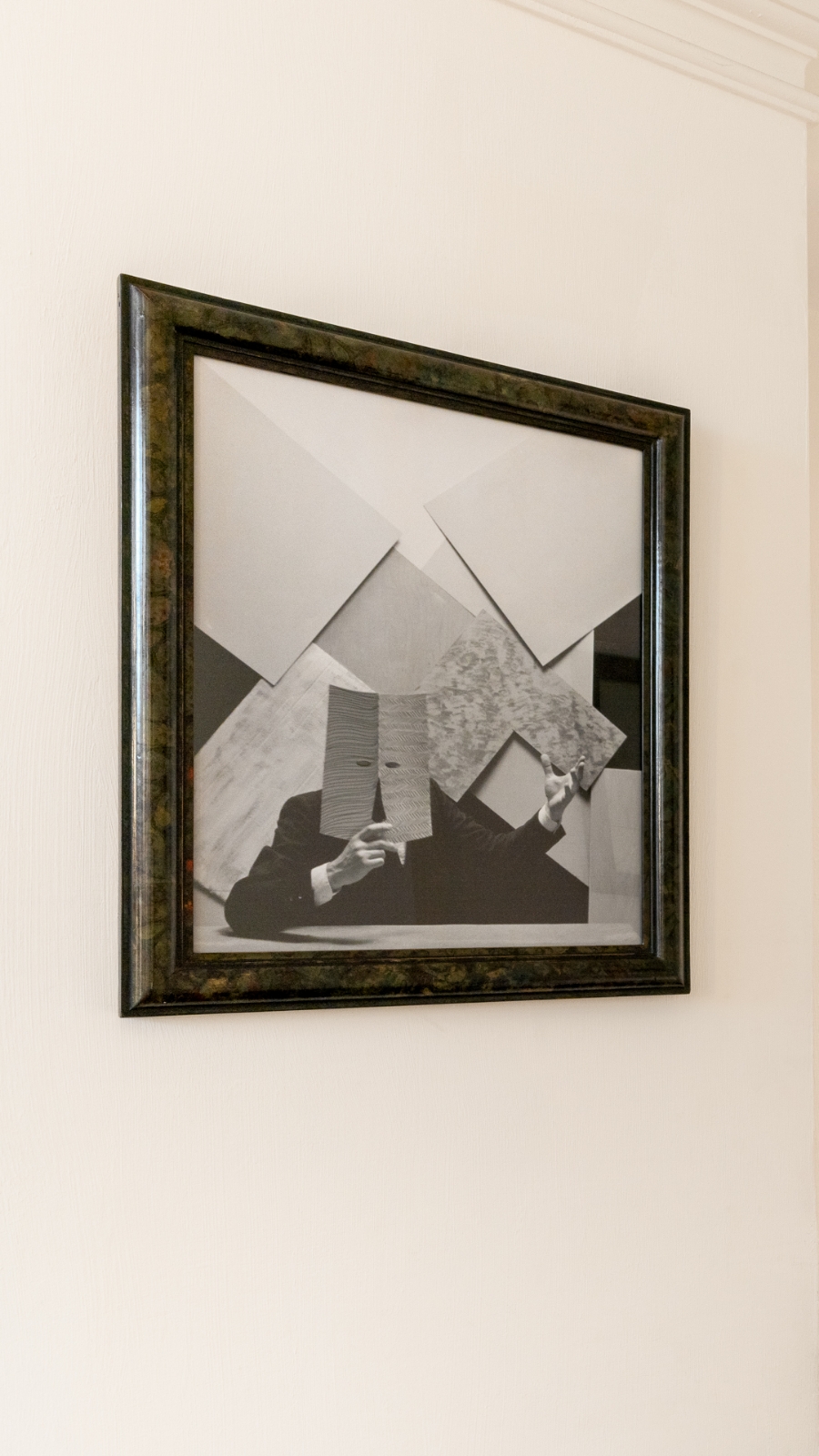
JAN VERCRUYSSE - 1984
Portret van de kunstenaar door hemzelf (IX)
ALCOVE THE STABLES
Born in 1948, in Wareghem, Belgium. Died in 2018, in Brugge, Belgium.
Vercruysse’s career as an artist has to be considered as a self-chosen, artificial and rational construct (Verschaffel 1998). As he himself stated in an interview with the artist Bill Sullivan in 1996: “At one point in my life I guess I did decide that I had to leave this normal world and become an artist.” (Vercruysse in Sullivan 1996) For Vercruysse, being an artist was a fully conscious process of constructing his own legacy and he understood quite well that—to quote art critic and philosopher Bart Verschaffel—“being an artist, is also an art” (Verschaffel 2011).
In a series of 111 works, grouped under the catalogue’s eponymous title Portraits of the Artist, Vercruysse sets off to explore how the identity of the artist is given shape. The works are unique offset prints of original photos made by himself, resulting in a loss of quality and thus “anti-photographic” (Vercruysse quoted in Decan 2007, p. 70). In an unpublished note, Jan Vercruysse explains how this process gave him the opportunity to emphasize the artificial construction of the image as well as to demonstrate his own agency as a “builder” of images:
“The fact that the work uses a photographic image as a material source is then less important as I stress the mise-en-scène—character of artworks and as I think that there is a complete misconception about photography in that all theories profess that all photography always captures “something which has really been there”—trying to make the reality-bound essence of photography: The “Images” I show are as “fictious” as those of a painter—being a “metteur-en-scene”.
Solo exhibitions included Kunsthalle, Bern (1989); Van Abbemuseum in Eindhoven (1990, 1997); the Belgian pavilion at the Venice Biennale (1993); Mies van der Rohe's Museum Haus Lange and Haus Esters in Krefeld (1995); Palais des Beaux-Arts, Brussels (1999); Museum Dhondt-Dhaenens in Deurle (2001) and Museum M in Leuven (2009). His work is part of many important American and European museum collections.




